Caregivers are essential in supporting individuals who cannot care for themselves due to illness, disability, or aging. At Personally Delivered, we recognize caregivers’ importance and challenges in their daily responsibilities. This article discusses what caregivers do and how they significantly contribute to their loved ones’ or another individual’s well-being.
Understanding the Role of a Caregiver
Being a caregiver involves a variety of responsibilities and duties essential for providing quality care and support. Here are key areas where caregivers offer invaluable assistance:
Assisting with personal care
Caregivers can help with personal hygiene activities such as bathing, dressing, grooming, and toileting to ensure comfort and dignity.
Administering medication
Another critical responsibility of a caregiver can be managing and administering medications according to prescribed schedules, ensuring proper dosage, and monitoring for side effects or interactions.
Providing emotional support
Creating a compassionate and supportive environment, offering companionship, active listening, and empathy to alleviate loneliness, anxiety, or depression is often an essential role of a caregiver.
Assisting with household tasks
Caregivers often handle tasks like meal preparation, light housekeeping, laundry, running errands, and grocery shopping to ensure a comfortable and organized living environment.
Effective caregiving requires unique qualities such as:
Compassion
Caregivers must have a genuine concern for the well-being of those they assist.
Patience
Understanding that tasks may take longer and individuals need time to communicate their needs is another essential quality a caregiver should have.
Empathy
They should also be able to understand and share the feelings of others.
Flexibility
Adapting to handle unexpected situations or changes in routine is also a critical skill for caregivers.
At Personally Delivered, we understand the significance of caregivers and their contributions. We offer various products and supplies to aid caregivers in their daily responsibilities. From incontinence products to mobility aids, our goal is to provide caregivers with the tools they need to enhance the care and well-being of their loved ones. Please explore our website to discover our selection of caregiver-friendly products.
Challenges Faced by Caregivers
Caregivers provide vital support and assistance, but their role comes with challenges that can impact their emotional and physical well-being.
One significant challenge is the emotional and physical strain caregiving imposes. The demands can lead to increased stress levels and potential burnout. Witnessing the struggles of loved ones and bearing the responsibility for their care can take an emotional toll. Physical tasks such as lifting, bathing, and assisting with mobility can also be exhausting.
Balancing personal responsibilities with caregiving duties is another challenge. Many caregivers juggle work, family, and personal commitments while providing care, leaving little time for self-care or personal interests.
Another challenge is dealing with challenging behaviors, such as aggression, agitation, or resistance to care. Handling these behaviors requires patience, understanding, and effective communication strategies.
Seeking support and practicing self-care are crucial for caregivers to maintain their well-being. Reaching out for help from family, friends, or support groups, taking breaks, engaging in enjoyable activities, and prioritizing self-care are essential to prevent burnout.
At Personally Delivered, we recognize caregivers’ challenges and are dedicated to providing the products and support they need. Our range of caregiving supplies and resources aims to make their journey a little easier. We are here to support caregivers every step of the way.

Resources and Support for Caregivers
Caregiving can be both rewarding and challenging. Caregivers need access to resources and support to help them in their role. Whether you are a family caregiver or a professional, here are some valuable resources:
Finding local caregiver support groups
Connecting with others experiencing similar situations provides a sense of community and understanding. Local support groups offer a safe space to share feelings, exchange advice, and gain emotional support. These groups can be found through community centers, hospitals, or caregiving organizations.
Utilizing technology for caregiving
Technology advancements offer tools and resources to simplify caregiving tasks. Technology helps caregivers stay organized, track health conditions, from medication management apps to remote monitoring devices, and communicate more effectively with healthcare professionals.
Financial assistance options
Several options are available to caregivers, including government programs like Medicaid or Veterans Affairs benefits and non-profit organizations that provide grants or financial support for specific caregiving needs.
Accessing respite care services
Respite care provides temporary relief by offering professional caregivers who can step in while you take a break. These services are available through home care agencies, senior care centers, or government programs.
Here is a quick list of valuable programs and organizations that offer support:
Remember, as a caregiver, it is essential to prioritize your well-being. Seeking support and utilizing available resources can make your caregiving journey more manageable and fulfilling.
Top-Selling Home Delivery Medical Supplies
Disclaimer: Important Notice Regarding Medical Advice
The information provided in this blog is intended for general informational purposes only and should not be considered a substitute for professional medical advice, diagnosis, or treatment.






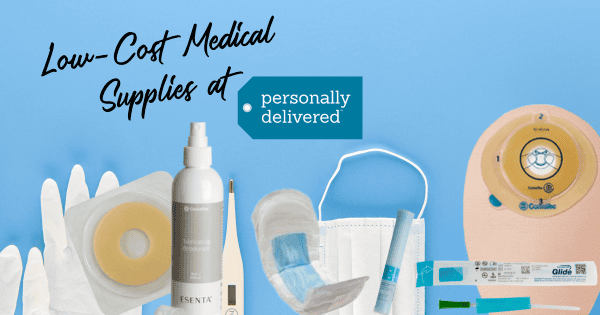

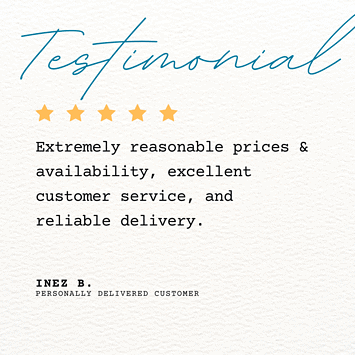
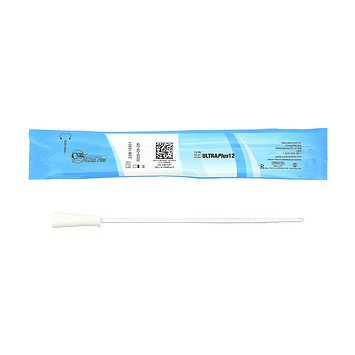
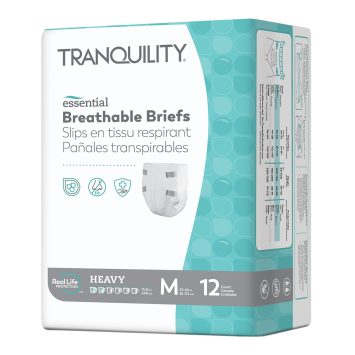
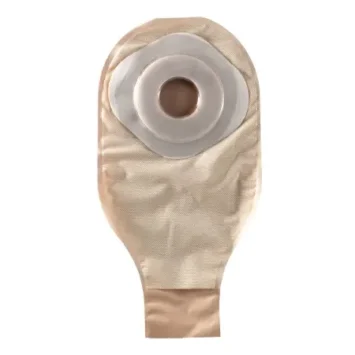
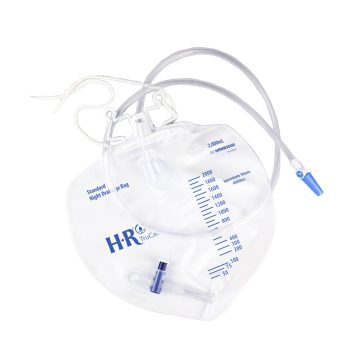







 Effects of the Symptoms of Multiple Sclerosis
Effects of the Symptoms of Multiple Sclerosis








 One of the easiest ways to spark conversation is to wear the color teal from head to toe during October. When asked, tell people that teal is the official color of spina bifida awareness. You can share the social media channels above and direct them to Spina Bifida Association’s
One of the easiest ways to spark conversation is to wear the color teal from head to toe during October. When asked, tell people that teal is the official color of spina bifida awareness. You can share the social media channels above and direct them to Spina Bifida Association’s  This in-person or virtual event is the perfect way to get engaged and support the community and the mission of the Spina Bifida Association. Anyone and everyone can participate. If you are not located near any of the listed cities, you can Walk-N-Roll Your Way at any time and any place.
This in-person or virtual event is the perfect way to get engaged and support the community and the mission of the Spina Bifida Association. Anyone and everyone can participate. If you are not located near any of the listed cities, you can Walk-N-Roll Your Way at any time and any place.









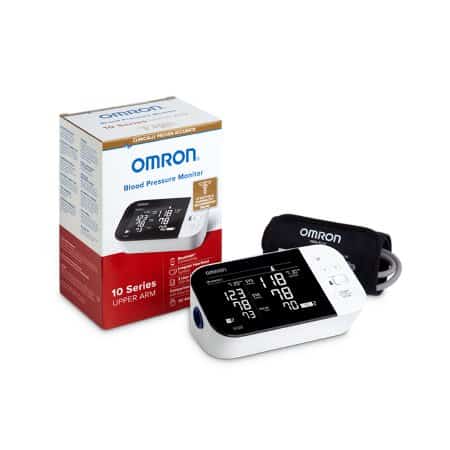











 Opening packets of an ostomy product such as stoma paste, peeling off backing papers, and cutting holes in skin barriers can be challenging for those with arthritis in their hands. Many manufacturers have noticed this problem that those with arthritis and an ostomy face and have made some adjustments to their packaging.
Opening packets of an ostomy product such as stoma paste, peeling off backing papers, and cutting holes in skin barriers can be challenging for those with arthritis in their hands. Many manufacturers have noticed this problem that those with arthritis and an ostomy face and have made some adjustments to their packaging. Many drainable ostomy bags feature integrated closures instead of clips. The
Many drainable ostomy bags feature integrated closures instead of clips. The  Arthritis in the neck and back can cause stiffness, and bending over to view the stoma when changing your appliance may be difficult. A suggestion to help make this a bit easier may be to sit down and lean back somewhere comfortable with a desk or table in front or beside you. Place a mirror on the table and face it down toward your ostomy appliance. A mirror that easily adjusts to all angles would work best.
Arthritis in the neck and back can cause stiffness, and bending over to view the stoma when changing your appliance may be difficult. A suggestion to help make this a bit easier may be to sit down and lean back somewhere comfortable with a desk or table in front or beside you. Place a mirror on the table and face it down toward your ostomy appliance. A mirror that easily adjusts to all angles would work best.



 Later on, when I chose to go back to college, Texas Workforce helped pay for courses and books that I needed. When I got further education to write for teenagers and children, they continued to help me achieve my ultimate goal to be a full-time writer. I chose to work from home, so with their help, I had my office set up with
Later on, when I chose to go back to college, Texas Workforce helped pay for courses and books that I needed. When I got further education to write for teenagers and children, they continued to help me achieve my ultimate goal to be a full-time writer. I chose to work from home, so with their help, I had my office set up with  What I have learned the most throughout my self-discovery journey is that there are some really nice people in the world. One of them I married, and the others are my closest friends. I also found that the more I do, the more respect I gain from those who don’t quite understand my disability from my spinal cord injury. However, what they see is a self-sufficient, strong, confident mother of three who happens to be in a wheelchair.
What I have learned the most throughout my self-discovery journey is that there are some really nice people in the world. One of them I married, and the others are my closest friends. I also found that the more I do, the more respect I gain from those who don’t quite understand my disability from my spinal cord injury. However, what they see is a self-sufficient, strong, confident mother of three who happens to be in a wheelchair.
